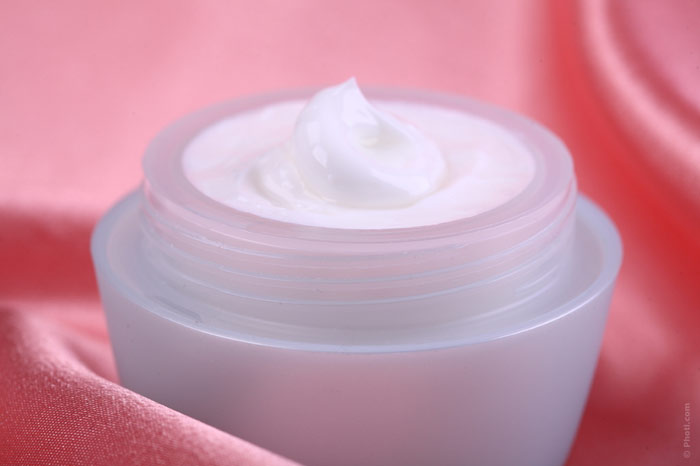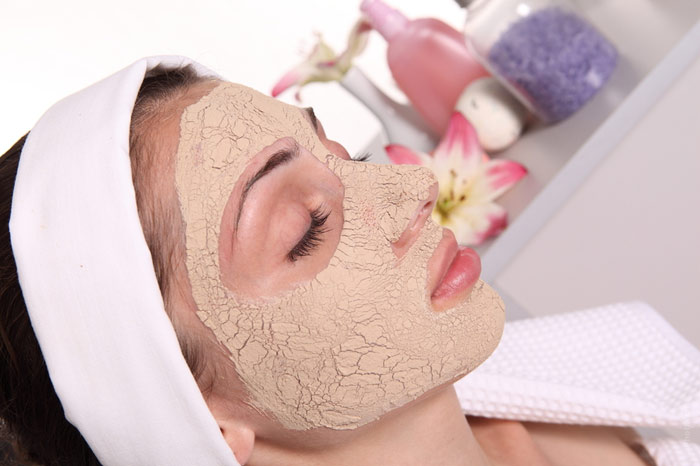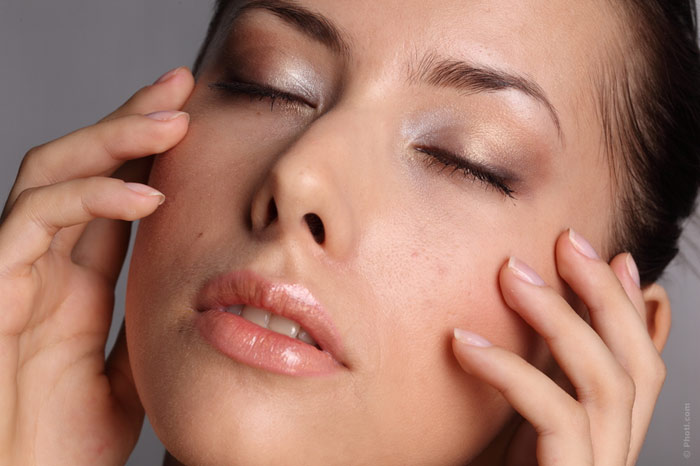Do you have a dry skin type, or does it become such during a cold season? Whatever the reason, it is often very difficult to deal with the problem.

If your dry skin problem is not always evident, if it can be seen from time to time in some areas, such a problem is likely to be handled with the help of the usual moisturizing and night care cream. However, those who feel constant dryness of the skin accompanied by peeling and irritation should worry most. Your skin needs a moisturizer with a special formula – such a remedy can soothe and moisturize.
There are a lot of good moisturizers on sale. But you need a formula with 4 main anti-dryness ingredients (it is advisable that the cream should include all of the following ingredients or at least three of them).
1. Moisturizing ingredients
This group of ingredients includes glycerin, hyaluronic acid and glycolic acid. Any of these components can draw moisture to the skin from the environment. The hyaluronic acid is the champion in moisturizing. It can keep 1000 times more moisture than its own weight and works equally well in high or low humidity. Glycerin is the most affordable ingredient. This could also include urea, another inexpensive moisturizer.
2. Softening ingredients

Drawing moisture to the skin is not enough to save it from dehydration. Moisture should permanently remain in the structure of the skin without evaporating. This is where occlusive emollient ingredients, i.e. moisture retaining agents, are helpful. They form a protective barrier on the skin that prevents loss of moisture.
Softening components have one drawback: they can trigger acne, if they accumulate in the pores of the skin. Dry skin is rarely prone to acne, but still, if you tend to have acne, you should look for a moisturizer labeled “non-comedogenic”. It contains softening ingredients that do not clog pores.
The most popular and effective ingredients in this group are olive oil, jojoba oil, mineral oil, petrolatum, and shea butter.
3. The ingredients identical to skin
Skin has its own natural protective layer (barrier), which is composed of skin cells and the binding composition. This is a kind of “glue” that holds and binds together the top layer. Unless the barrier layer is damaged, the skin looks smooth, soft and supple.
However, the binding composition (the “glue”) is quite fragile, it can be destroyed by ultraviolet rays, bad weather conditions, friction and excessive exfoliation, high temperatures, and other things that are stressful for the skin. Then, the skin loses its top protective layer, gets dehydrated, becomes dry, flaky, and itchy.
The destruction of the outer barrier can be prevented, if you constantly maintain and restore the so-called “glue”. For this purpose, there are the ingredients identical to skin that constitute the fragile “glue”. Such ingredients include ceramides, amino acids, lecithin, phospholipids, fatty acids, and other substances.
4. Antioxidants

Antioxidants have many tasks. Firstly, they are effective in fighting skin damage caused by ultraviolet rays (such as wrinkles, age spots, violation of the natural barrier of the skin). Secondly, antioxidants act as anti-inflammatory agents, helping to reduce and soothe the symptoms of skin dryness (such as redness, itching, and pain).
The more antioxidants the cream contains, the better. But remember that the presence of antioxidants in the cream formula means that the product should have an opaque and sealed container (preferably an opaque bottle with a dispenser). Because antioxidants lose their effectiveness when in contact with air and light.
The most popular antioxidants that a cream should contain include:
- vitamins C and E,
- green tea,
- coenzyme Q10.
Which creams to avoid?
The presence of these four ingredients is not enough. It is also necessary to know which components in the cream are undesirable, if you are struggling with dryness.
- Rule one: the product should not contain alcohol and witch hazel. They dry the skin and make it irritable.
- Rule two: mint and menthol are undesirable. They also dry the skin even if used only as a flavoring.
- Rule three: do not use too much citrus oil. Despite the name “oil”, it can dry the skin, cause allergies and skin irritation. At least, it is better if the citrus components are as close to the end of the list as possible; this ensures that the concentration of citrus oil is not high.
Let’s go shopping
As you can see, finding the right moisturizer for dry skin is not very simple. However, the task is feasible, if you devote a little more time to the process of buying it. Study the composition of the product, and if you cannot manage on your own, ask the consultants for help. You need to take into account several factors, but if you can find a suitable product, the problem of dryness will be brought under control.










